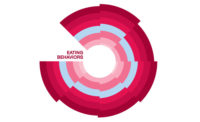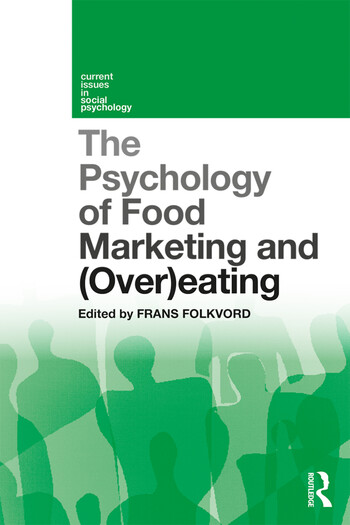2019 Predictions: Consumer Trends
The Digital Evolution and Tribalism are Impacting Consumer Eating Habits
Millennials and Baby Boomers are moving in divergent life stages that have counter-acting effects on growth

Tribal Tastes. More consumers embrace specialized diets, such as Paleo.
PHOTO COURTESY OF: BASE CULTURE LLC (WWW.BASECULTURE.COM)
Another interesting year for the US food and beverage industry is drawing to a close. Restaurants continue to struggle with flat-to-declining traffic, and retailers face stalled growth. E-commerce, however, continues to be a bright spot, and meal delivery kits are cozying up with retailers and moving away from a complete subscription model. The definition of health and wellness continues to become fractured and reflects the growing tribal nature of our society.
Given these circumstances, here are a few changes NPD Group projects for 2019 and beyond.
Headwinds for Growth
We know that growth in food and beverage has been hard to find lately. Traffic at restaurants has been flat to declining for almost a decade, and food at home has seen a slight decline in annual occasions per person.
It’s not that we’re in a temporary downturn either. Fundamental life stage behaviors, spending shifts, and changes in our labor force are creating the perfect storm that’s holding back growth. Millennials and Baby Boomers are moving in divergent life stages that have counter-acting effects on growth. For in-home consumption, Millennials’ increasing-consumption life stage is offset by Boomers’ declining-consumption life stage, and both generations are moving into lower restaurants usage life stages.
Further reducing consumers’ ability to spend outside of home is what we now consider committed consumption. In the past our fixed household costs were items such as the mortgage or rent, car payment, cable TV, and groceries, but now that set of expenses has grown. Mobile phones, music subscriptions, streaming video players, and software subscriptions, are now taking chunks away from consumers’ disposable income.
There also are fundamental changes in our workforce that will place further pressures on restaurants. Many are participating in a new economy enabled by technology that has created an “on demand” labor force. Examples include Uber or Lyft drivers who can work according to their own schedule and craft a more flexible lifestyle.
In the food industry, both rising employment and the on-demand economy will make it even more challenging to hire workers and contain labor costs. We should also expect a higher percentage of consumers entering into retirement and a “fixed income” situation, which may make them more frugal and seek value in their food and beverage consumption choices.
Digital Accelerates
The broader retail universe is likely a foreshadowing of things to come in food and foodservice as other industries are much further along the path to e-commerce. With more than 8% of our purchasing now being done online, retailers across industries are confronted with the harsh reality of rethinking physical store networks.
Retail bankruptcies and store closures are the norm—even under improving economic circumstances—as brick-and-mortar retail is being transformed into winners who can adapt an omni-channel approach, new startups designed for today’s environment, and losers whose model does not fit in today’s world.
Health Goes Tribal
In today’s world of social media and blogging, consumers are seeking their echo chambers of health, much in the same way they use them for lifestyles and politics. They’re finding niche or individualized plans that meet their own specific goals, as opposed to plans that work for the average person. And just like other echo chambers, oftentimes consumers will follow plans promoted by a blogger as opposed to sound science.
This helps explain why the most common diet is one of our own making. The rules are set by ourselves to meet personal goals. It also explains why we hear about the rise of lifestyles like Paleo, Whole30, and plant-based, which have some conflicting rules. But those engaged in them have found their tribe.
This is a very challenging environment for food and beverage marketers. It’s especially hard today to be something for everyone. The key is to show flexibility, and that your solutions can fit into a myriad of tribes. It’s also best to work on this now versus later. Many in our younger generations started with these tribes at a young age and will likely continue this journey as they age.
Originally appeared in the December, 2018 issue of Prepared Foods as Mealtime Maneuvers.
Looking for a reprint of this article?
From high-res PDFs to custom plaques, order your copy today!







